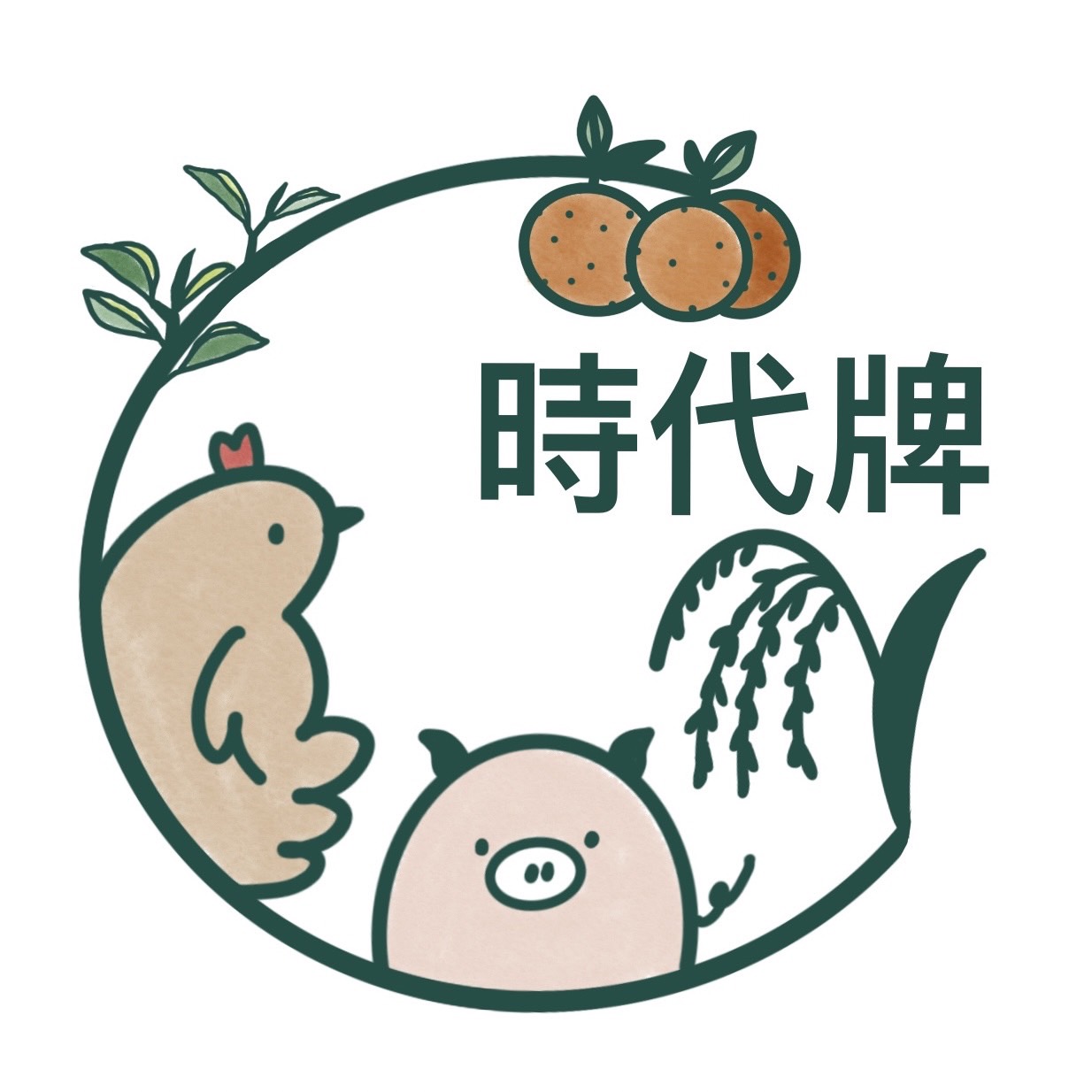製品説明
In response to regulations prohibiting the open burning of agricultural residues, natural indigenous microorganisms are selected to decompose branches on-site, which can accelerate the rate of cellulose decomposition by 40-50%. This speeds up the transformation of organic and mineral nutrients to return fertility to the fields, and increase soil permeability, or have the organic and mineral nutrients be used as a cultivation medium.According to the Taiwan Emission Data System (TEDS) emission inventory, each hectare of orchard generates approximately 24-40 metric tons of woody residues annually. Burning one metric ton of woody residue results in at least 2.2 metric tons of carbon dioxide emissions. Therefore, burning woody residues from each hectare of orchard annually results in approximately 53-88 metric tons of carbon dioxide emissions.
The burning of agricultural residues produces a large amount of greenhouse gases and contributes to air pollution. By using decomposing bacteria for on-site decomposition and returning residues to the field instead of burning them, greenhouse gas emissions can be effectively reduced. Additionally, converting residues into soil amendments helps plant growth and can sequester carbon in agricultural soils, having a positive impact to the carbon cycle.
